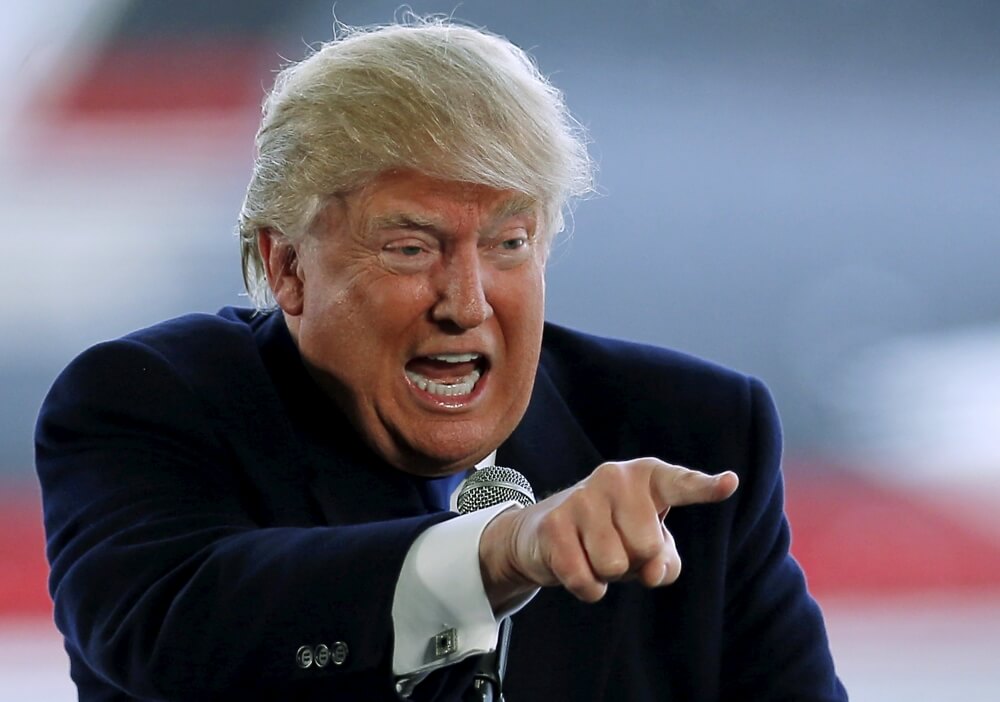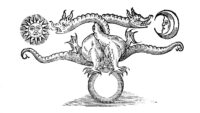America was founded from within a state of paranoia, the persecution experience of the Puritans and other Christian sects in England. Coming to the shores of North America was envisioned by them as their refuge from paranoia, but instead of escaping it, they brought it with them, where it was variously transformed into their fear of wilderness, witchcraft, “primitive people” and ultimately the institutions of government.
The process of emancipation which began with the Reformation produced a particular effect in Great Britain, itself a collection of island cultures successively conquered and dominated by outside forces. Danes, Vikings, Romans, and Anglo Saxons all had their ways with the local Celtic and native inhabitants, themselves warlike and determinedly tribal. Terror and paranoia thus had many centuries to be “baked” into the psychic bread of British culture and then exported to the shores of America.
Though history documents nearly endless wars and conquests by humankind, not every nation state is paranoid; paranoia complements power. The more powerful a nation state, the more paranoid it is likely to be in its choice of leaders, policies and its basic orientation to other nation states or populations. State paranoia requires the fear of loss of state power.
Just to be clear, here is a list of descriptors of the paranoid soul, which, (using the DSM and other standard works used by practitioners for diagnosis) psychoanalyst James Hillman also reveals as the soul of the paranoid state (from a 1988 lecture series):
- “Pervasive and unwarranted suspiciousness and mistrust.”
- “Individuals are hypervigilant and take precautions against perceived threat.”
- “Perceive an unusually wide range of stimuli.”
- “Tend to avoid blame even when it is warranted.”
- “Avoidance of depression.”
- “Question the loyalty of others.”
- “Insist on secrecy.”
- “Severe and critical with others.”
- “Tendency to counter attack.”
- “Unwilling to compromise.”
- “Intense, but suppressed anger.”
- “Driving, ambitious, aggressive and unusually hostile and destructive.”
- “Generate uneasiness and fear in others.”
- “Often interested in mechanical devices, electronics and automation.”
- “Avoid group activities unless in a dominant position.”
- “Avoid surprise by virtually anticipating it.”
- “Dread passive surrender.”
- “Friends are constantly tested until they withdraw or actually become antagonistic.”
- “Inordinate fear of losing power to shape events in accordance with their own wishes.”
- “Transformation of internal tension into external tension.”
- “Giving in to external domination and giving in to internal pressure involve a threat.”
- “Fear of being tricked into surrendering some element of self-determination.”
- “Generally uninterested in art or aesthetics.”
- “Rarely laugh.”
- “Lack a true sense of humor.”
- “What looks like comfortable familiarity seems like an imitation…It is not friendly; it is only designed to look friendly.”
- “Keenly aware of who is superior or inferior.”
- “They disdain people as weak, soft, sickly or defective.”
“The deepest problem of statecraft is how to govern the inherent paranoia of government so that its symptom not exacerbate into corrupt tyranny and Byzantine paralysis…”
Do you see the reflection of America’s paranoia in these diagnostic criteria? The emergence of Donald Trump appears less surprising when examined from this perspective; Trump embodies a collection of classic American psychoses. America is not just paranoid, of course, but paranoia often overtakes and overwhelms the healthier parts of our psyche, our generosity, compassion and empathy for the less fortunate. We oscillate between “give us your tired, your poor” and our paranoia of strangers, the stand-ins for wilderness and primitive people.
The issues are deeply complex, and form what’s called a psychological “complex” embedded within us as individuals and as a nation.






Sounds like you have a hobby of being a psychologist. Everyone lands inside a DSM diagnosis just like everyone lands inside an ennagram number or an astrology sign. We can’t help it. I will say one thing since I am a trained ( master level ) counselor who likes to dabble in psychology as a hobby as well – There is truth inside what Trump says most of the time just as there is truth in what a paranoid person says. Yes, it may be a very small percentage of truth but he blows it up to look big so that the high percentage of stupid people get his message. I suppose that one of the reasons this paranoid narcissist ( to use your language ). Got elected. Luckily for all of us we have many who resist him. Thanks to Trump the agenda is on the table for everyone to see clearly. As Mike Thompson said, ” My last town hall meeting was 8 people, now I have over 1000 people.” We can thank the paranoid Trump for waking people up now. But now that we are awake – what are we going to do ??? You can point out till you are blue in the face that he is this or that diagnosis in the DSM book….. but the real question is how will the opposition grow and make this world more loving and more healed from the damage he is doing. ? The finger pointing to the moon … What is Trump ? What are we going to do to change this world ? Turns out Trump may be a blessing in disguise…..